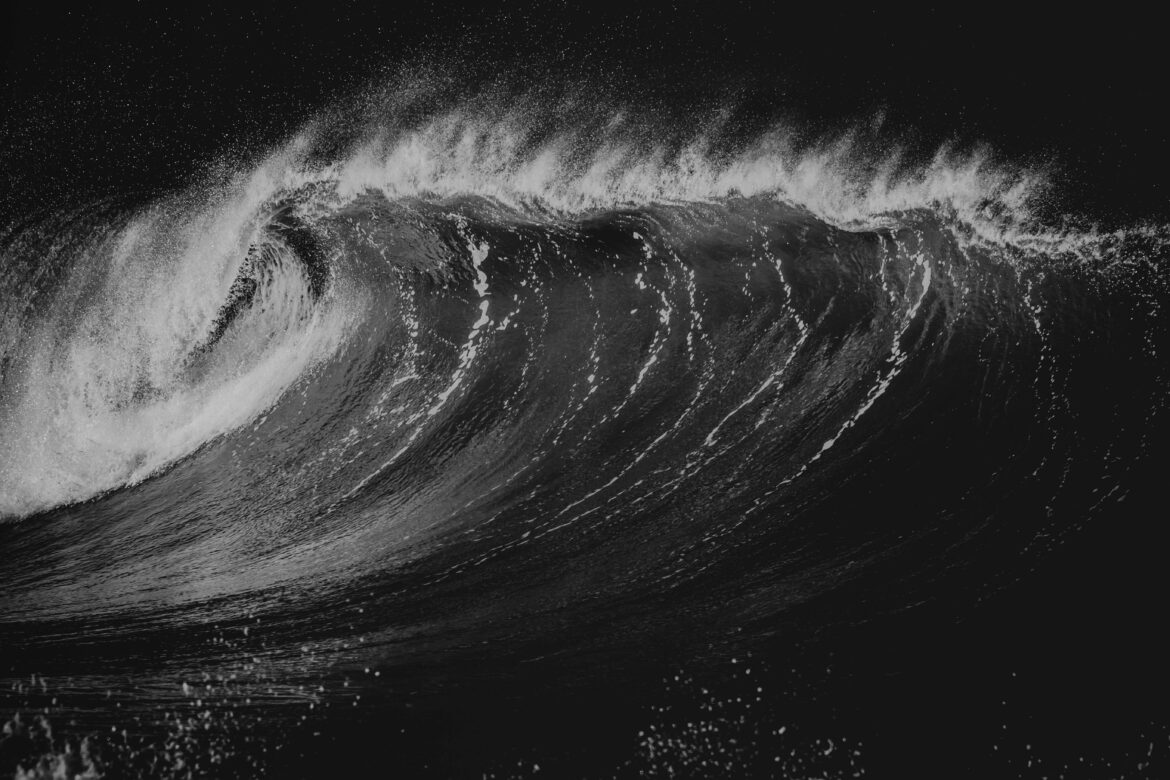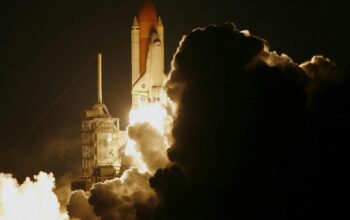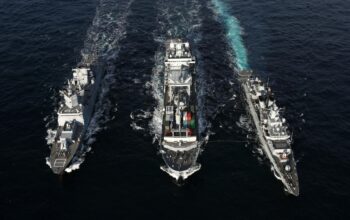A powerful 8.8-magnitude earthquake struck off the Kamchatka Peninsula in Russia’s Far East in the early hours of July 30, 2025, prompting tsunami warnings across the Pacific, including parts of the United States, Japan, Alaska, and Hawaii. According to the U.S. Geological Survey (USGS), the quake occurred at 02:43 UTC at a depth of 29 km below the seabed. It is one of the strongest earthquakes recorded globally in the past decade.
Tsunami alert systems quickly activated in response, with emergency sirens sounding in coastal areas. Authorities across multiple countries have urged residents in low-lying regions to evacuate to higher ground.
Where Did the Earthquake Strike?
The epicentre of the earthquake was located approximately 280 km southeast of Petropavlovsk-Kamchatsky, a port city on the Kamchatka Peninsula. The region is seismically active due to its location on the Pacific “Ring of Fire”, a tectonic zone known for frequent and intense seismic activity.
Seismic Data Summary:
- Magnitude: 8.8 (USGS)
- Depth: 29 km (shallow quake)
- Epicentre: 280 km SE of Petropavlovsk-Kamchatsky, Russia
- Time: 02:43 UTC (08:13 AM local time)
Tsunami Warnings Across the Pacific
The Pacific Tsunami Warning Center (PTWC) issued tsunami alerts for:
- Alaska (Kodiak Island, Aleutians)
- Hawaii
- U.S. West Coast (California, Oregon, Washington)
- Japan’s eastern coast
- Philippines
- Papua New Guinea
- Russia’s Far East and Kuril Islands
Early Wave Activity:
- Kodiak, Alaska reported waves of up to 1.2 metres.
- Honolulu, Hawaii experienced minor flooding in the Waikiki district.
- Tokyo authorities issued a precautionary alert, though no immediate wave impact was recorded.
Emergency response teams have been mobilised in several regions, with coast guards and civil defence units actively patrolling the coastline.
Russia’s Immediate Response
Russian emergency services were first to respond, with President Vladimir Putin receiving real-time updates from the Ministry of Emergency Situations (EMERCOM). Military units in the Russian Far East have been placed on alert.
As of this writing:
- No fatalities have been reported.
- At least 25 injuries have been confirmed in Petropavlovsk due to falling debris.
- Multiple buildings have suffered structural damage, with cracks appearing in bridges, pipelines, and airports.
Impact on International Flights and Shipping
- Several flights to/from Tokyo, Seoul, and Vladivostok were diverted or grounded.
- Cargo ships in the Sea of Okhotsk were redirected due to wave advisories.
- U.S. Naval bases in Hawaii and Guam activated tsunami protocols.
British Airways & UK Maritime Alerts
While the UK is not directly affected, British Airways rerouted at least two Pacific flights as a precaution. The UK’s Maritime and Coastguard Agency also advised British vessels operating in the Pacific to follow tsunami safety procedures.
Historical Context: Earthquakes in Kamchatka
The Kamchatka Peninsula has a long seismic history:
- 1952 Kamchatka quake: 9.0 magnitude, massive tsunami reached Hawaii.
- 2006 quake: 7.7 magnitude, no significant tsunami.
- 2020 quake: 7.5 magnitude, minor coastal waves.
Today’s quake is the strongest in the region since 1952 and among the top 15 largest earthquakes globally since modern records began.
What Scientists Are Saying
According to Dr. Lucy Hayes, a seismologist at the UK Geological Survey:
“This quake is a textbook megathrust event. The rupture occurred along the subduction zone between the Pacific and North American plates—one of the most volatile plate boundaries on Earth.”
She warned of aftershocks potentially reaching magnitudes 6.5 or higher over the next several days.
Final Thoughts
Today’s 8.8-magnitude earthquake near Kamchatka is a stark reminder of nature’s unpredictability. While the tsunami risk remains dynamic, the rapid coordination between international warning systems, government agencies, and scientific institutions has so far prevented large-scale casualties. As rescue and damage assessment continue, the event underscores the global need for earthquake-resilient infrastructure, public readiness, and robust international cooperation.
FAQs
1. How strong was the earthquake near Russia today?
It measured 8.8 magnitude, making it one of the strongest globally in recent years.
2. Is the UK affected by this quake?
No direct impact, but UK-based airlines and maritime operators have issued precautionary advisories.
3. What is the Ring of Fire?
A major area around the Pacific Ocean where most of the world’s earthquakes and volcanic eruptions occur due to tectonic plate movement.
4. Are tsunami waves expected in the U.S. or Japan?
Yes. Waves up to 1.5 metres have been reported in Alaska; Japan is monitoring the situation closely.
5. Could more quakes follow?
Yes. Aftershocks, potentially severe, are expected over the coming days.
Resources & References
- USGS Official Earthquake Report
- Pacific Tsunami Warning Center
- Russia’s EMERCOM Statement
- BBC World – Seismic Coverage
- [UK Geological Survey Commentaries]
Disclaimer
This article is based on verified data from the USGS, PTWC, and Russian authorities as of July 30, 2025. Earthquake-related developments are fast-moving and may evolve. Readers are advised to follow official alerts in their respective regions. This post does not substitute emergency guidance or legal advice.
SEO Meta Information
SEO Title: 8.8 Quake Hits Russia; Tsunami Warnings Across Pacific
Slug: russia-earthquake-tsunami-warning-2025
Meta Description: A massive 8.8 quake near Russia triggers tsunami alerts across Pacific nations including U.S. and Japan.



Hi there i am kavin, its my first ime too commenting anywhere, when i
read this paragraph i thoughht i could also create comment
due to this brilliant paragraph. http://Boyarka-inform.com/